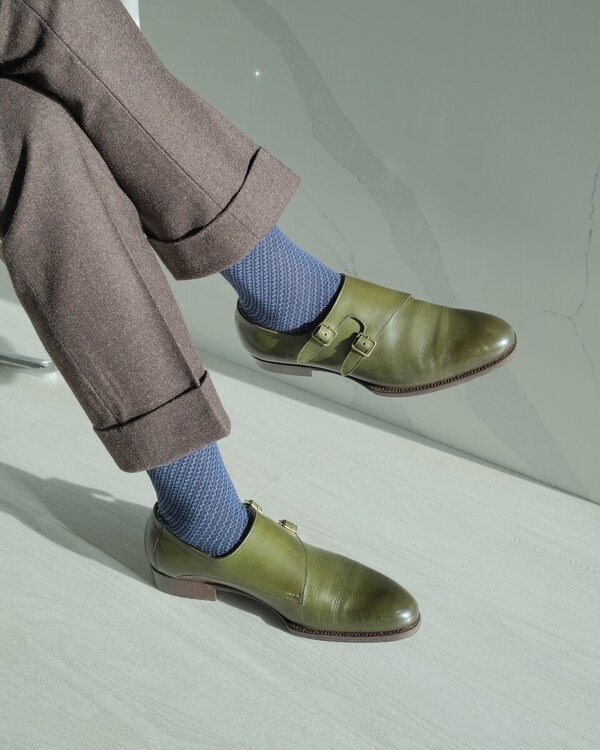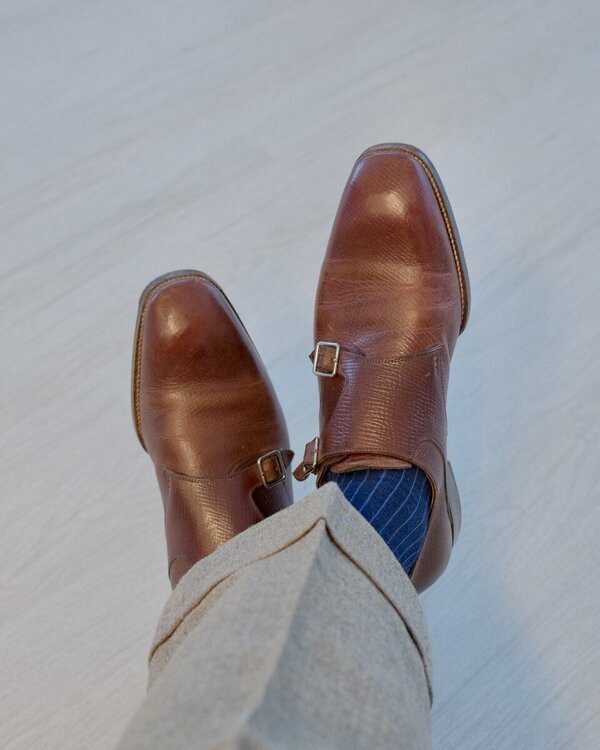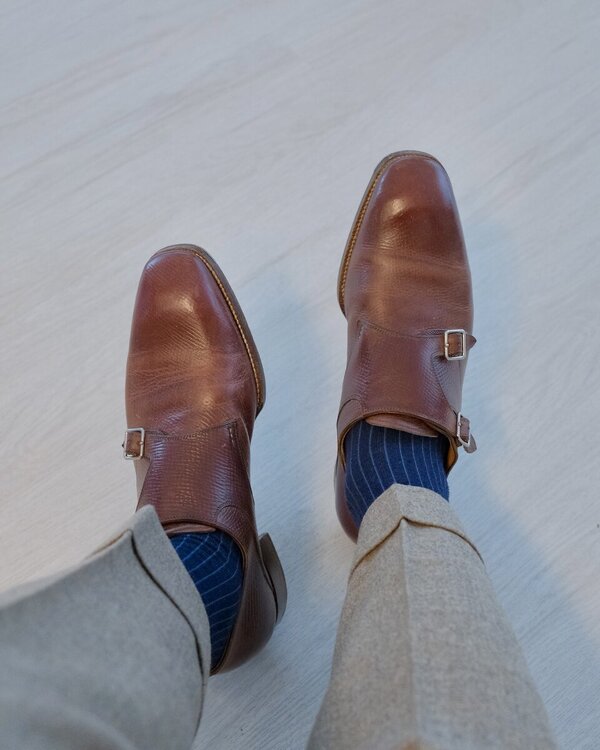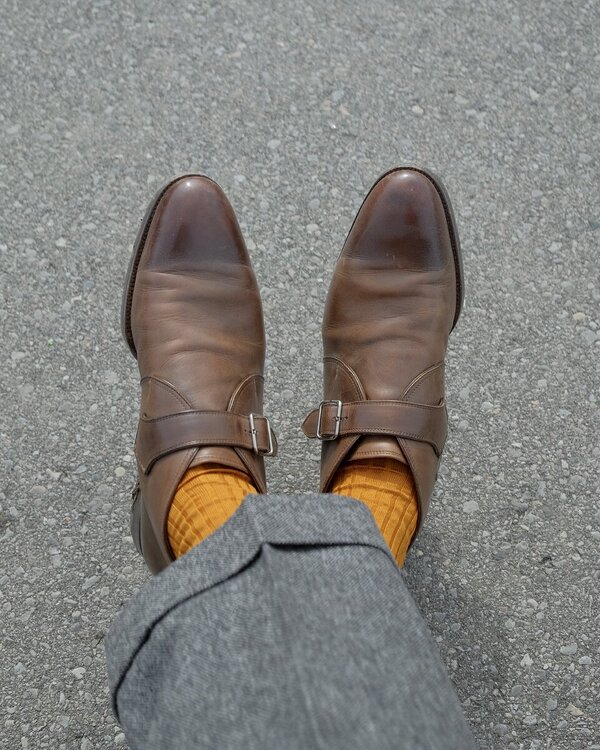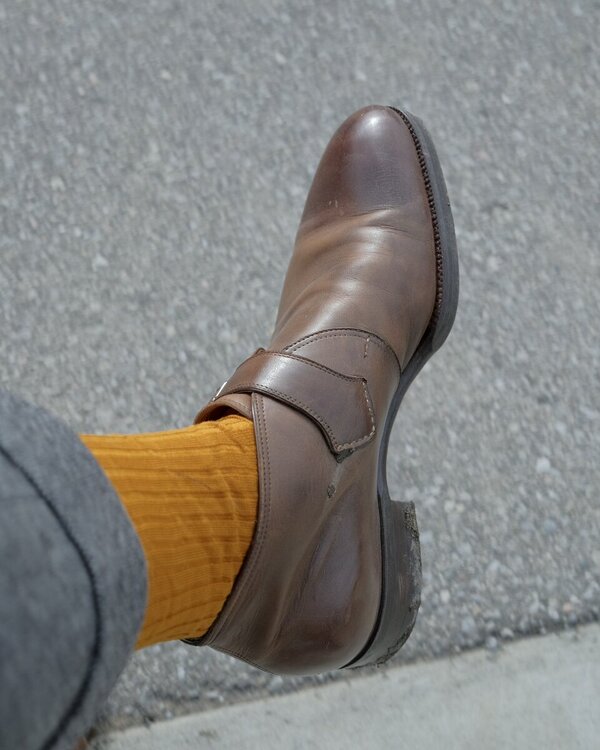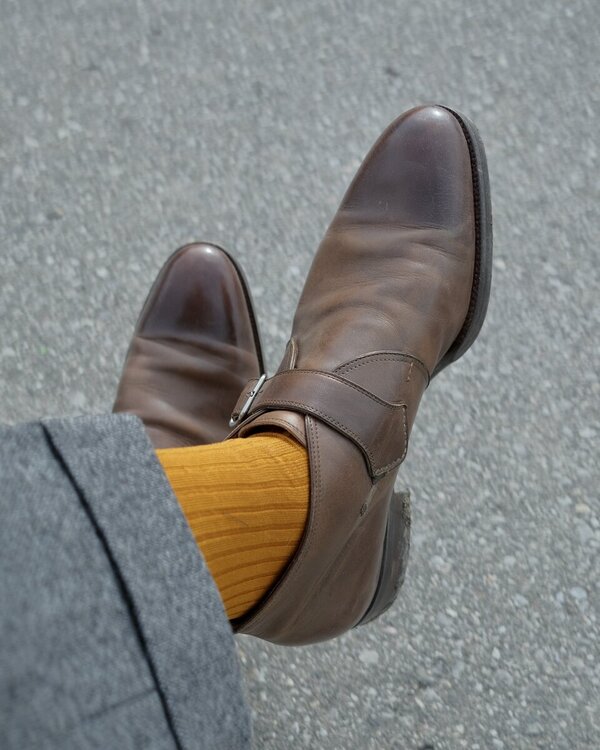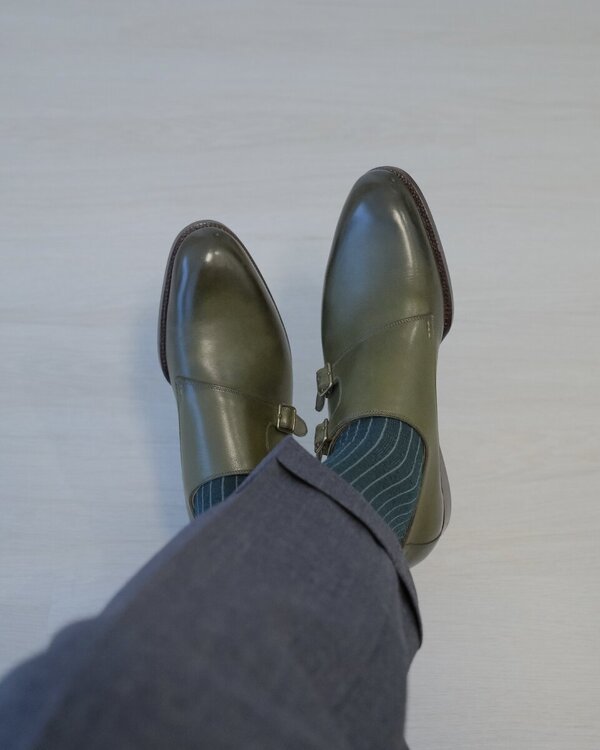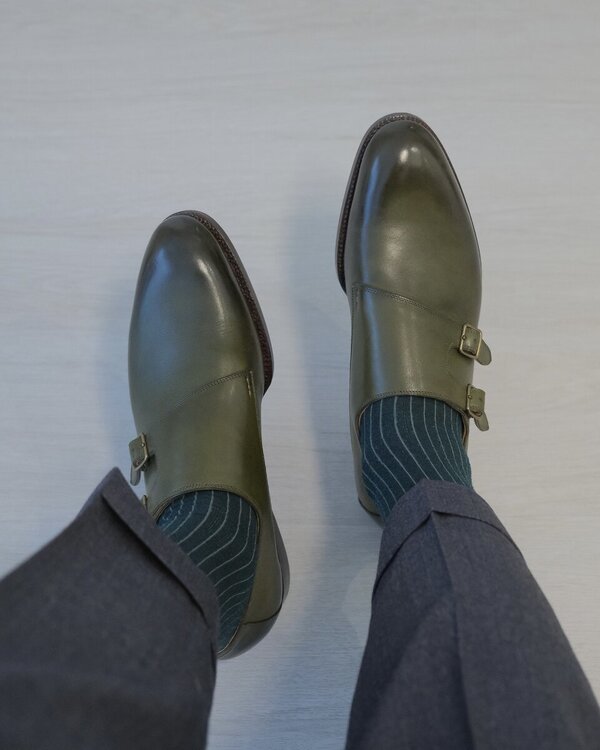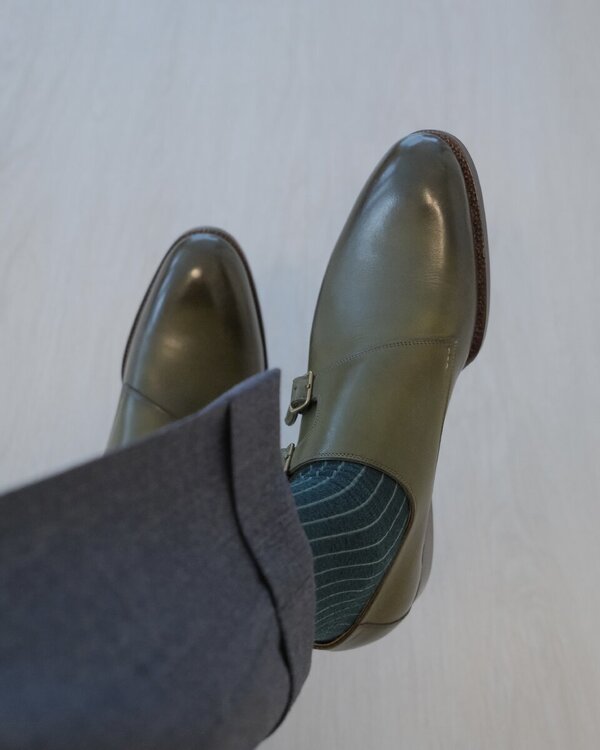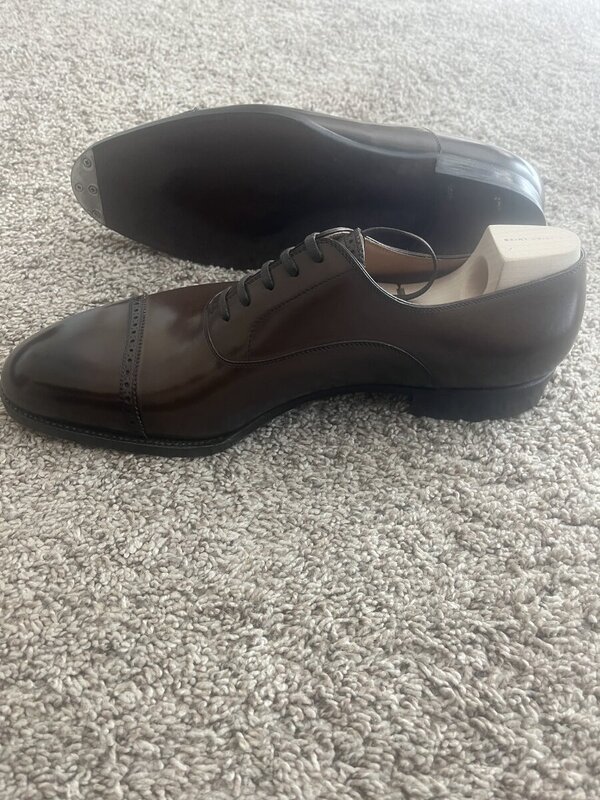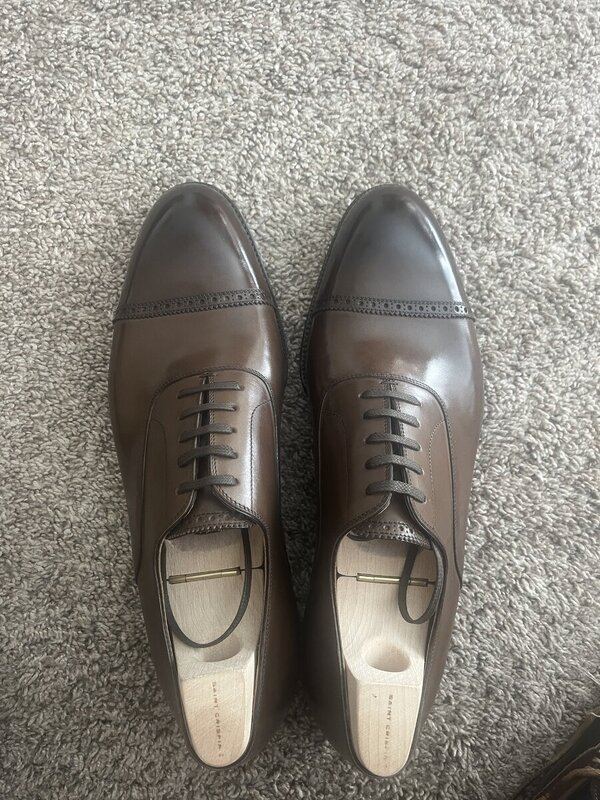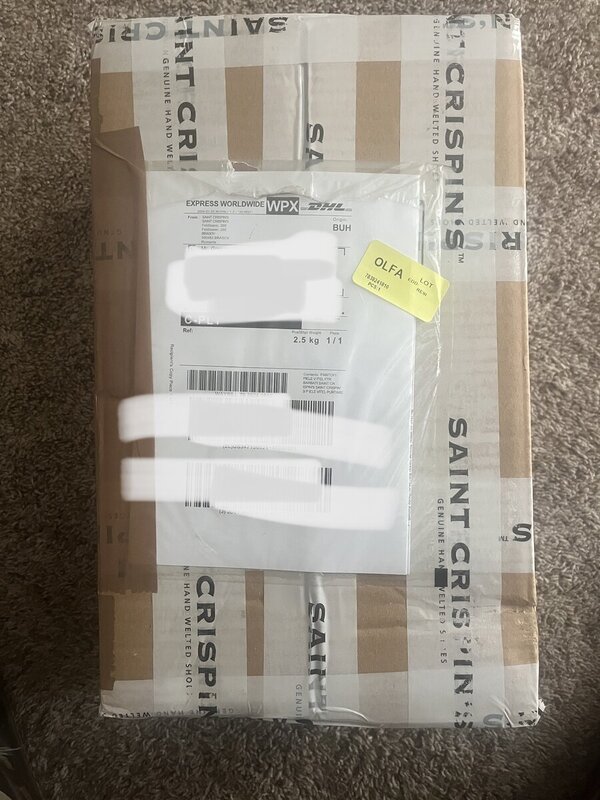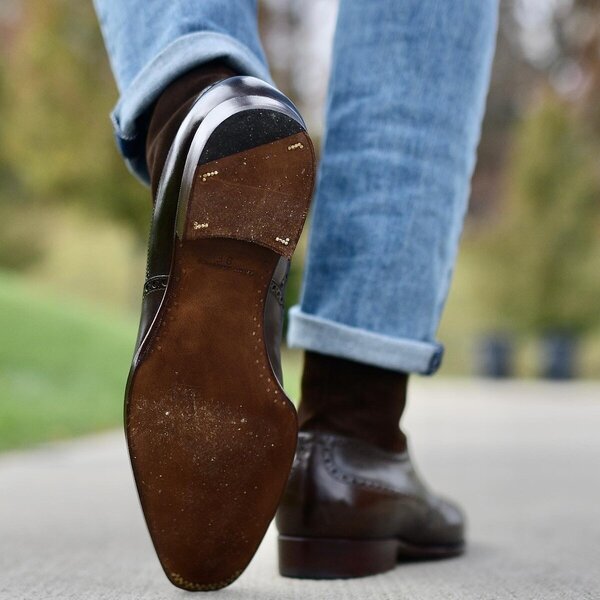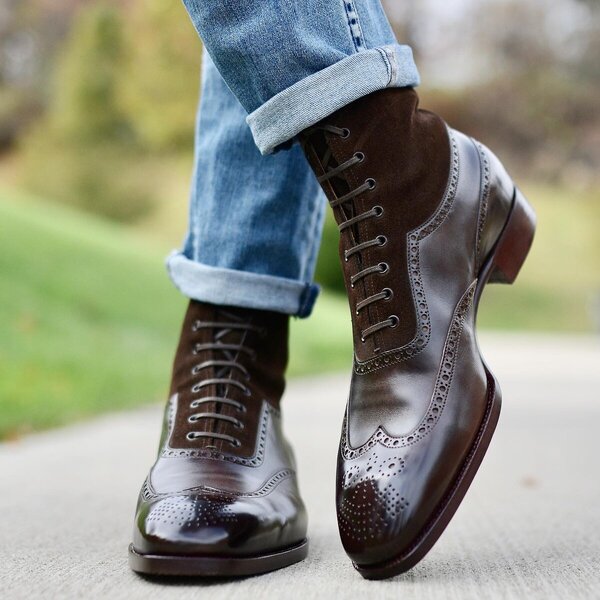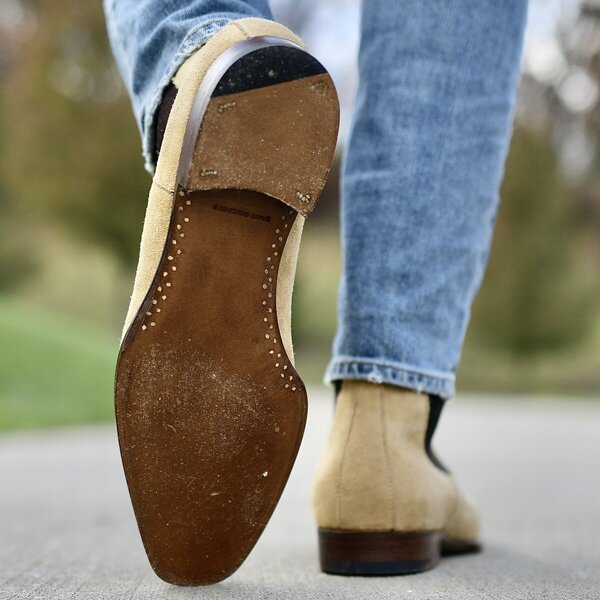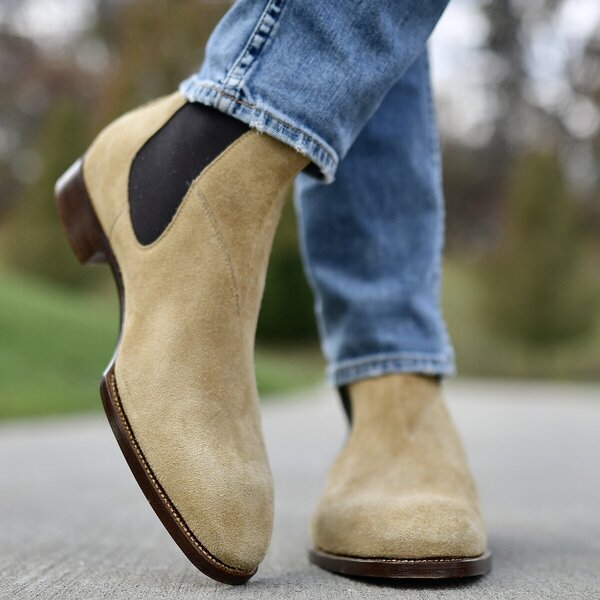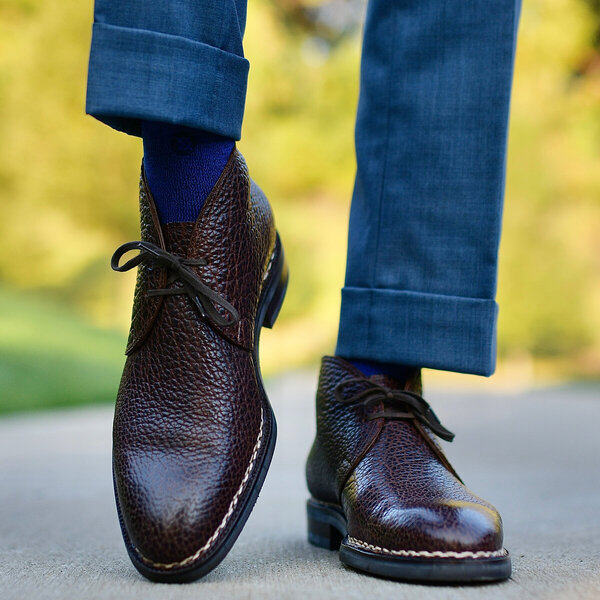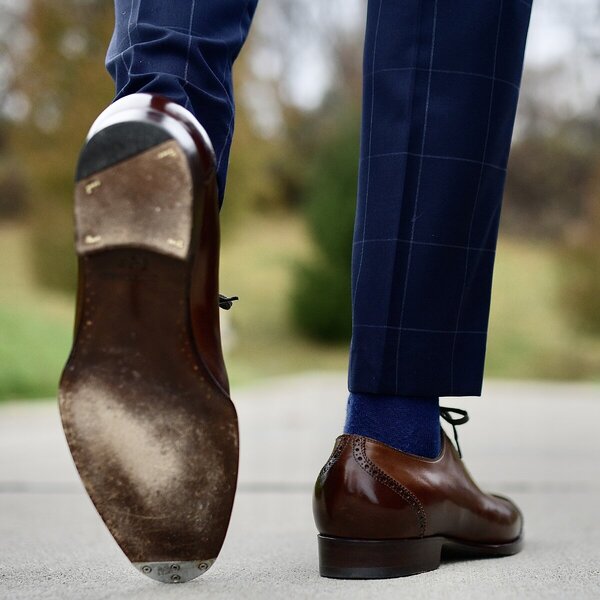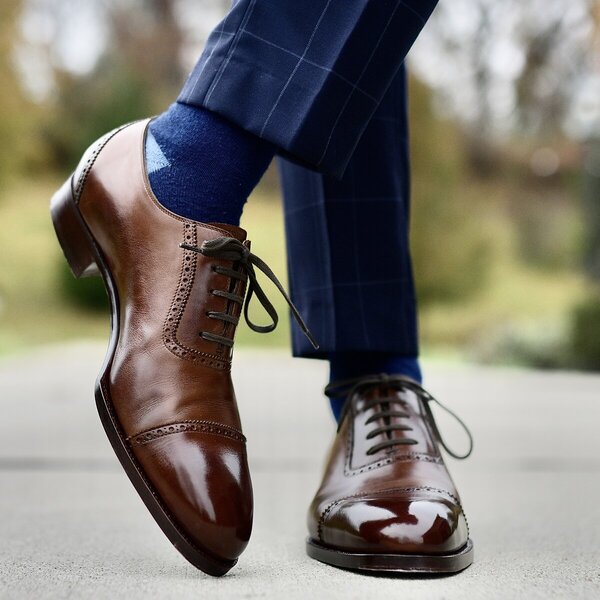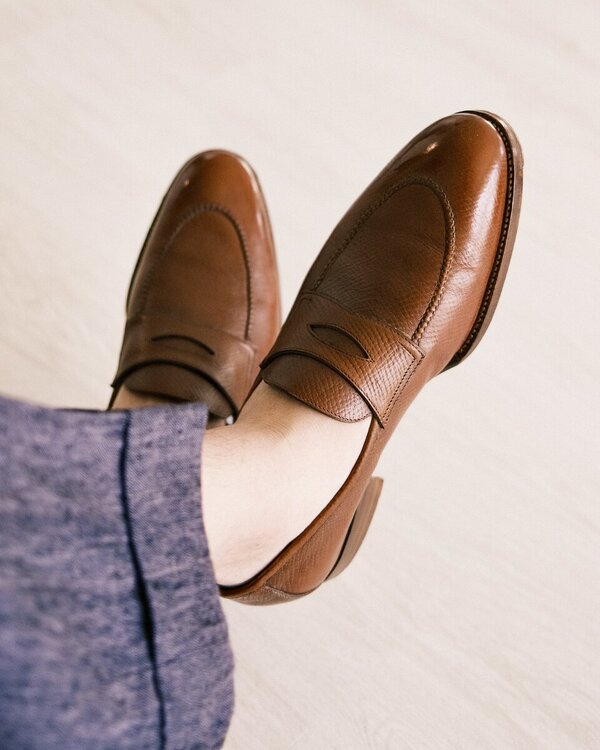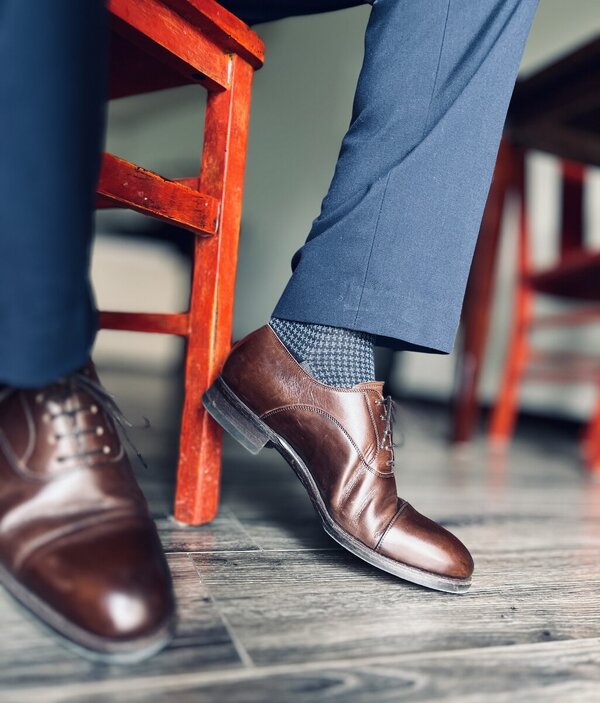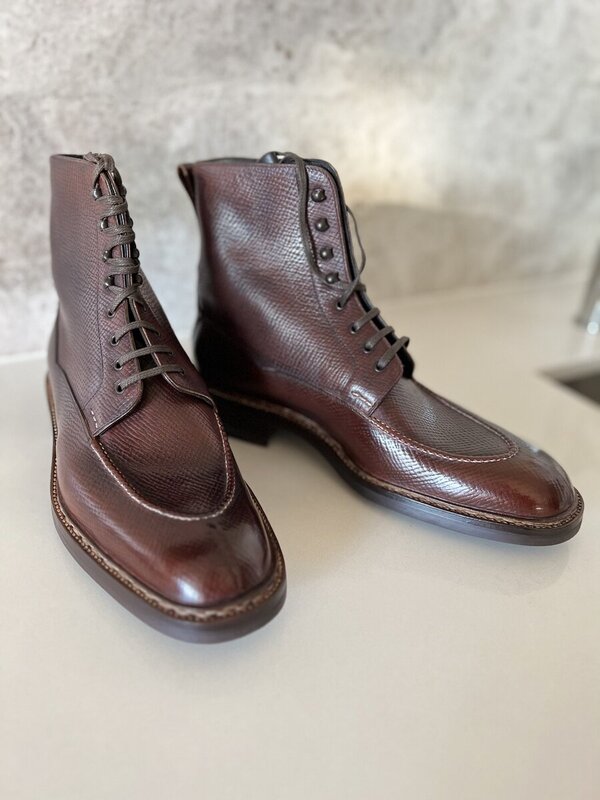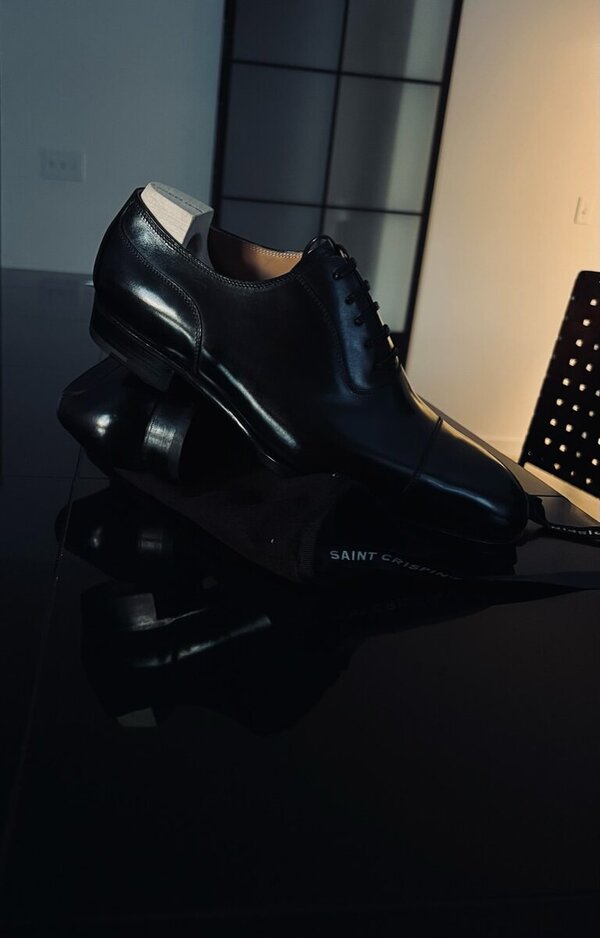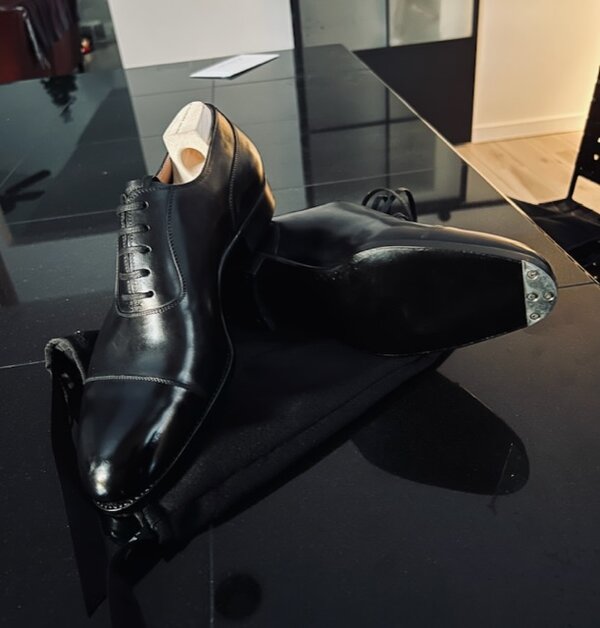emiristol
Senior Member
- Joined
- Dec 26, 2011
- Messages
- 382
- Reaction score
- 434
This is nothing to do with "know the cost of everything and the value of nothing." I want to genuinely find out whether "breathability" through the sole is an actual benefit of leather-soled shoes that contain gemming.
I have spoken with Mr. Gaziano regarding this exact topic, and it is his opinion that adding a topy/having a dainite/rubber sole is of absolutely no concern to the "breathability" of the shoe. Since I'm no expert, I have no idea how correct or incorrect this is from a shoemaking perspective, but for what it's worth, I've never noticed any difference in terms of shoe "breathability" between leather and rubber soled shoes.
Last edited:









